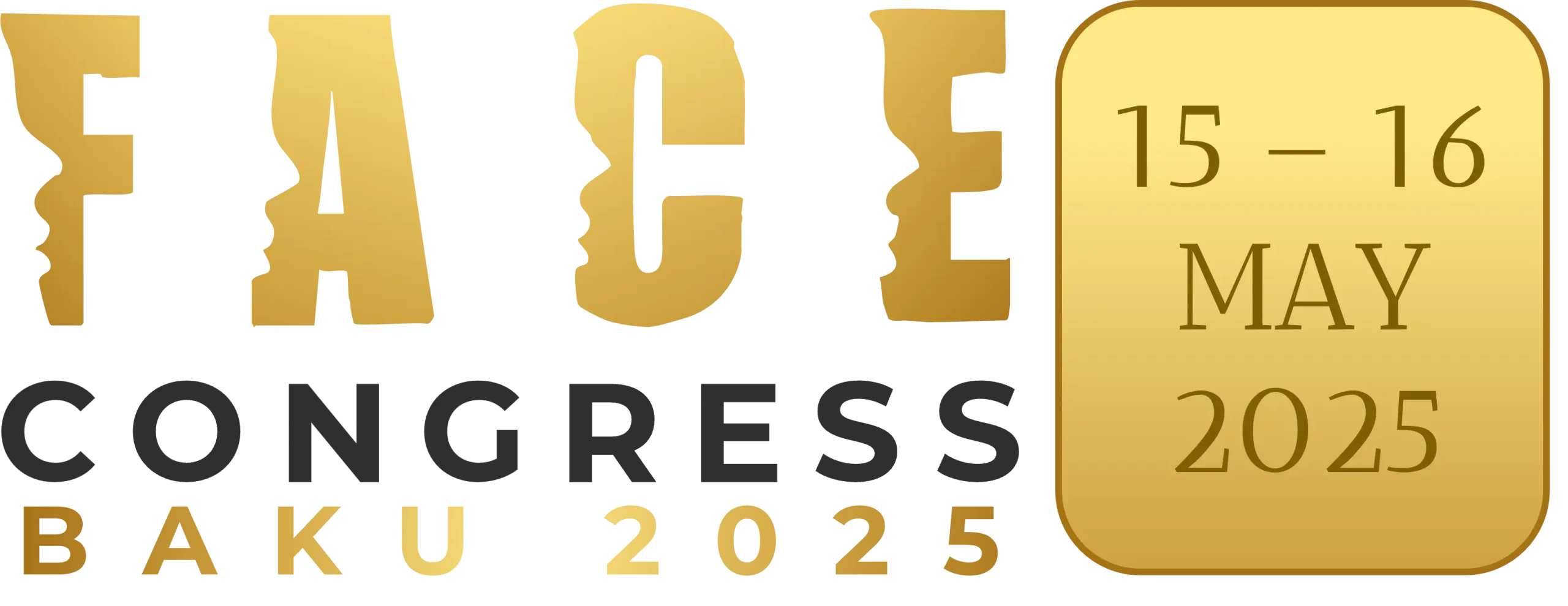AUTOLOGOUS FAT GRAFTING TRAINING
by Dr. Sheraz Raza
27th April 2024
Introduction:
Autologous fat grafting has experienced a significant surge in market expansion, revenue generation, patient adoption, and technological advancements, all attributable to enhanced harvesting and re-introduction techniques employed in the process.
If you possess the skills to administer dermal fillers effectively, have a keen aesthetic sense, and are open to making a modest investment in technology, integrating autologous fat grafting into your practice is highly recommended. Given the choice, patients often prefer their own natural fat over synthetic HA products and other bio-stimulation augmentation procedures.
Registration Fees:
Early Bird: Rs. 80,000 (Before March 15)
Standard: Rs. 95,000 (After March 15)
Autologous Fat Grafting Training Objectives:
Upon completion of this program, physicians should be able to:
- Harvest and Prepare Fat for Grafting Procedure: Acquire proficiency in the harvesting and preparation of fat for grafting procedures, ensuring optimal handling and viability of fat cells.
- Understanding of Aging Face: Develop an understanding of the aging process of the face and become adept at evaluating patients with aesthetic needs.
- Patient Education & Communication: Effectively communicate with patients by describing alternative treatments, various filler choices, and expected outcomes of each, thereby empowering patients to make informed decisions.
- Client Expectation Management: Provide patients with options to determine treatments that align with their desired results, while effectively managing client expectations.
- Facial Fat Pad Mapping: Learn to map out the various fat pads of the face, identifying areas where adipose fat tissue can be enhanced to address fat loss due to aging.
- Anesthesia Protocols: Gain a comprehensive understanding of tumescent anesthesia procedures and other local anesthesia options for fat grafting procedures.
- Anesthesia Administration: Acquire knowledge about administering different types of anesthesia to patients for fat harvesting, following established protocols based on donor site and volume of fat cells to be harvested.
- Risk Management: Understand the potential adverse events and contraindications associated with tumescent anesthesia and fat harvesting.
- Practical Techniques for Fat Harvesting: Receive practical guidance on successfully harvesting fat from various body donor areas, ensuring safety and efficacy.
- Sterile Technique Mastery
Advance with Autologous: The Facial Fat Grafting Master Class with Dr. Sheraz Raza!
Step into the future of facial rejuvenation with our Facial Fat Grafting Master Class. Expertly led by Dr. Sheraz Raza on 27 April 2024, this workshop is designed for medical professionals eager to enhance their skills in the art and science of autologous fat transfer.
Autologous Fat Transfer Training – Agenda
| 2:30-3:30PM | Speaker Introduction, Market Size, Benefits to Patients, and viability of offering Fat Grafting Procedures in your medical practice. Physician patient selection: pre-operative assessment, preparation, and evaluation of potential patients. Pre-operative test workup for patients with a past medical history contradicting treatment. Initial consultation, concerns, and desired outcomes for patients. Introduction to Tumescent Anesthesia, Pharmacological Solutions, and other patient considerations. |
| 3:30-3:45PM | BREAK |
| 3:45-4:45PM | Advantages and disadvantages of performing Tumescent Anesthesia. Klein Formulation, modified tumescent options, and the influence on adipose tissue. Protocols and guidelines for anesthesia including approximate volumes according to body site. Review pharmacodynamics and pharmacokinetics of anesthesia options and “standard of care” guidelines possible complications. Review the harvesting (extraction of fat) procedures using the various liposuction techniques including limitations and influence on adipose tissue. Anatomical areas for the safe harvesting for liposuction (donor sites) including port sites of entry and access points. |
| 4:45-5:545PM | Review the male/female gender differences including the quality of fat, ease of removal, and the ability to contour. Response to tumescent anesthesia, fibrous fat, and superficial fat deposits of males in comparison with females. Histology of fat, specific areas of adherence for harvesting, and adverse events for associated risks and complications associated with the procedure (i.e. accumulation of fat particles, fat emboli, excessive ecchymosis and edema, and asymmetries). |
| 5:45-7:00PM | Manual Aspiration and Power Aspiration procedure, objectives for fat transfer, new equipment technologies, centrifuging of fat, and low vacuum aspiration and snap-syringes for fat harvesting. Possible areas of the face, fat pad (deposits) anatomy, marked patient areas of injection, patient considerations for correction. Injection methods including established protocols and guidelines for suggested levels (amounts) of lipogems injection including per injection volume. Review blunt tip cannulas for reinjection, disposable cannulas, by needle injections, nano-fat preparation, and fat autograft muscle injection (FAMI). Demonstration of the facial procedure using anatomical models |
Upon successful completion of the training program, participants will be awarded a Certificate of Completion. This certificate serves as validation of their proficiency in FAT GRAFTING PROCEDURES, empowering them to confidently apply these techniques in their clinical practice.


